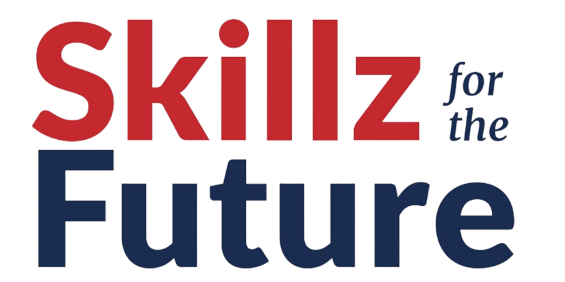Strategic thinking often appears shrouded in mystery, reserved for a select few. It’s a term that finds its way onto many CVs and LinkedIn profiles, particularly for those with leadership aspirations. But what exactly is strategic thinking, and how can you develop this coveted skill set?
At its core, strategy involves determining your destination, charting the course to get there, and then taking decisive action. Now, let’s delve into the steps to develop strategic thinking skills without the mystique.
1. Know Your Starting Point
Every journey begins with a clear understanding of where you currently stand. Much like the Grand Old Duke of York couldn’t move downhill until he had ascended, gather concrete information about your current position. Avoid relying on anecdotes; demand evidence. This is the foundation upon which your strategic thinking will unfold.
2. Envision Your Future
With a solid understanding of your present, envision your ideal future position. Whether it’s five, ten, or one year from now, consider it in detail. Utilise visualisation techniques or simply dedicate time to thoughtful reflection. Aim high and be specific. Identify not just what you want but also what you don’t want. Put your thoughts on paper for added clarity.
3. Prioritise Your Goals
From your ideal future position, prioritise what truly matters. Pare down the essential elements to the core, emphasising the top three or five issues. Distinguish between crucial details and those that don’t significantly impact your goals. The detailed groundwork from the previous step helps you pinpoint the aspects that truly hold importance.
4. Establish Intermediate Milestones
Chart the course from your current position to the envisioned future. Identify intermediate milestones – achievements rather than actions – for one, two, or three years. Focus on the tangible progress you need to make. This strategic approach ensures you’re progressing toward your ultimate goal in a structured manner.
5. Develop Action Plans
Now, translate your milestones into actionable steps. Define what needs to be done to reach your first intermediate milestone and then proceed to subsequent ones. These are the practical tasks that bridge the gap between your current position and your envisioned future.
The Ongoing Challenge: Keeping Your Strategy on Track
Strategic thinking doesn’t end with a well-crafted plan; it extends to execution. The mark of a strategic thinker is their ability to align every decision with their overall strategy. Regularly review your strategy – perhaps every six months to a year – to ensure it aligns with your goals. During decision-making, assess if potential outcomes fit into your strategy; if not, reconsider.
In both personal and professional realms, strategic thinking demands periodic reflection. Whether through company away-days or personal moments with a cup of tea, revisit your strategy. Adapt it to changes in your life or business landscape, ensuring it remains a relevant guide to your journey.
In essence, strategic thinking is not an enigmatic art but a logical process rooted in self-awareness and goal orientation. Regularly investing time in strategic thinking ensures you stay on track, turning your aspirations into reality in both life and business.
